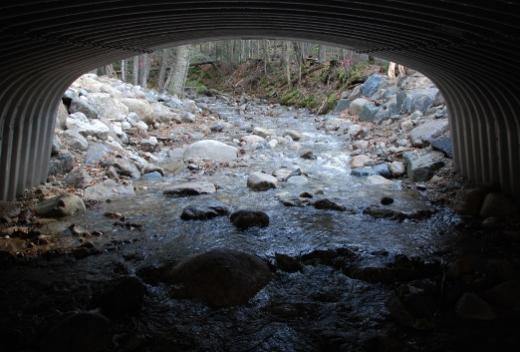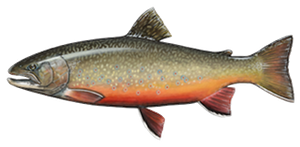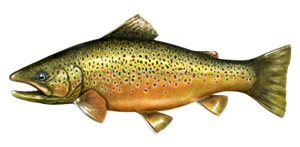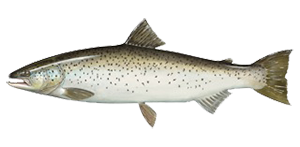New England
Goals
Two hundred years of logging, road-building and “progress” across six New England states have transformed this land into something more domestic, more suited to people rather than the fish that swim in the cold, clear waters of the region. We’ve dammed the rivers, diverted the streams and installed barriers in the creeks that keep our native brookies from moving about the systems they inhabit. Today, the mere existence of brook trout in this region is something of a miracle. Thanks to our efforts to improve the lives of the people who live here, we’ve created a situation that undoubtedly takes some of the pleasure out of living, especially for devoted brook trout anglers who still ply the waters for our nation’s once-plentiful native char.
Tactics
It’s time to rethink how we treat our waters—and the fish that use them—in New England. It’s time we replace aged culverts that block migration and return our rivers to a natural course that, truth be told, is likely the best defense against severe weather and flooding. It’s time we stop doing what we’ve always done and turn to innovative and science-based restoration in order to protect our waters, our fish and an angling culture that is unique to New England.
By assessing thousands of stream crossings throughout the region, TU will prioritize reconnection projects and work to remove or repair the most offensive culverts and fish barriers in the area. In addition, in storm-damaged areas, we’ll work to conduct fish-friendly restoration that also helps protect community infrastructure. More importantly, we’ll ask volunteer anglers to get involved in helping educate communities about their local watersheds, the economic importance of healthy, fish-filled streams and the benefits of natural flood control and floodplain management.
Victories
Since 2010, we’ve surveyed close to 1,500 stream crossing, and we’ve already begun prioritizing projects. Some projects have already been completed, and we’re working with local communities, corporations like Orvis, and volunteers to reconnect our waters, improve habitat for wild and native trout and make fishing better for everyone who lives in New England.
Staff Contact
Elizabeth Maclin, emaclin@tu.org
Author of this Page
Erin Mooney
Eastern Conservation Communications Director




